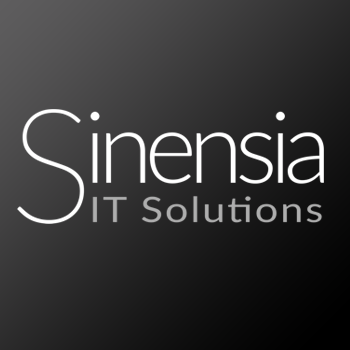
Descripción: Curso Introduction to IBM SPSS Modeler Text Analytics (v18.1.1) SPVC
Formación en IBM SPSS
Contains PDF course guide, as well as a lab environment where students can work through demonstrations and exercises at their own pace.
This course (formerly: Introduction to IBM SPSS Text Analytics for IBM SPSS Modeler (v18)) teaches you how to analyze text data using IBM SPSS Modeler Text Analytics. You will be introduced to the complete set of steps involved in working with text data, from reading the text data to creating the final categories for additional analysis. After the final model has been created, there is an example of how to apply the model to perform churn analysis in telecommunications. Topics include how to automatically and manually create and modify categories, how to edit synonym, type, and exclude dictionaries, and how to perform Text Link Analysis and Cluster Analysis with text data. Also included are examples of how to create resource tempates and Text Analysis packages to share with other projects and other users.
If you are enrolling in a Self Paced Virtual Classroom or Web Based Training course, before you enroll, please review the Self-Paced Virtual Classes and Web-Based Training Classes on our Terms and Conditions page, as well as the system requirements, to ensure that your system meets the minimum requirements for this course. http://www.ibm.com/training/terms
Formación IBM
Detalles
Unit 1 - Introduction to text mining• Describe text mining and its relationship to data mining• Explain CRISP-DM methodology as it applies to text mining• Describe the steps in a text mining projectUnit 2 - An overview of text mining• Describe the nodes that were specifically developed for text mining• Complete a typical text mining modeling sessionUnit 3 - Reading text data• Reading text from multiple files• Reading text from Web Feeds• Viewing text from documents within ModelerUnit 4 - Linguistic analysis and text mining• Describe linguistic analysis• Describe Templates and Libraries• Describe the process of text extraction• Describe Text Analysis Packages• Describe categorization of terms and conceptsUnit 5 - Creating a text mining concept model• Develop a text mining concept model• Score model data• Compare models based on using different Resource Templates• Merge the results with a file containing the customer’s demographics• Analyze model resultsUnit 6 - Reviewing types and concepts in the Interactive Workbench• Use the Interactive Workbench• Update the modeling node• Review extracted conceptsUnit 7 - Editing linguistic resources• Describe the resource template• Review dictionaries• Review libraries• Manage librariesUnit 8 - Fine tuning resources• Review Advanced Resources• Extracting non-linguistic entities• Adding fuzzy grouping exceptions• Forcing a word to take a particular Part of Speech• Adding non-Linguistic entitiesUnit 9 - Performing Text Link Analysis• Use Text Link Analysis interactively• Create categories from a pattern• Use the visualization pane• Create text link rules• Use the Text Link Analysis nodeUnit 10 - Clustering concepts• Create Clusters• Creating categories from cluster concepts• Fine tuning Cluster Analysis settingsUnit 11 - Categorization techniques• Describe approaches to categorization• Use Frequency Based Categorization• Use Text Analysis Packages to Categorize data• Import pre-existing categories from a Microsoft Excel file• Use Automated Categorization with Linguistic-based TechniquesUnit 12 - Creating categories• Develop categorization strategy• Fine turning the categories• Importing pre-existing categories• Creating a Text Analysis Package• Assess category overlap• Using a Text Analysis Package to categorize a new set of data• Using Linguistic Categorization techniques to Creating CategoriesUnit 13 - Managing Linguistic Resources• Use the Template Editor• Share Libraries• Save resource templates• Share Templates• Describe local and public libraries• Backup Resources• Publishing librariesUnit 14 - Using text mining models• Explore text mining models• Develop a model with quantitative and qualitative data• Score new dataAppendix A - The process of text mining• Explain the steps that are involved in performing a text mining project
Users of IBM SPSS Modeler responsible for building predictive models who want to leverage the full potential of classification models in IBM SPSS Modeler.
• General computer literacy• Prior completion of Introduction to IBM SPSS Modeler and Data Science (v18.1.1) is recommended.
Please refer to course overview
Contáctenos a través de >éste formulario<
Precios especiales para la formación de grupos
Podemos adaptar cualquier curso a sus necesidades, e impartirlo en sus instalaciones o en nuestros centro de formación ContáctenosCursos relacionados


